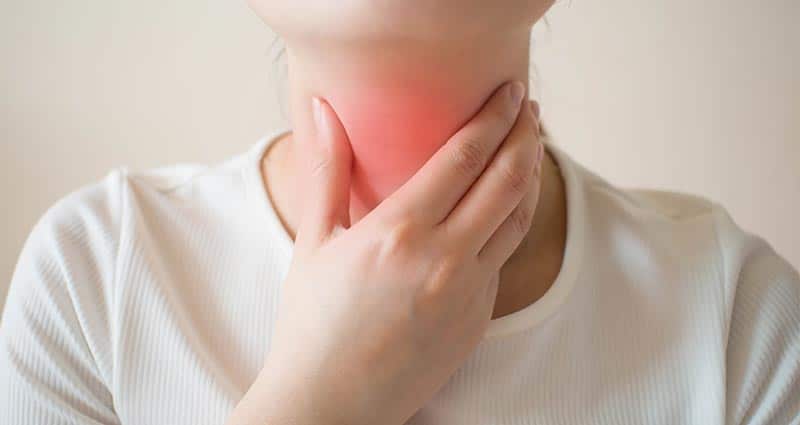There are many different types of cancers, and most of them are straightforward in their names: Lung cancer, pancreatic cancer, skin cancer, etc. But, head and neck cancer can be confusing because of how broad it seems.
Defining Head and Neck Cancer
When oncologists discuss head and neck cancers, they refer to a variety of cancers that start in the head and neck region.
That includes cancers in the larynx, throat, lips, mouth, nose and salivary glands. Tobacco use, heavy alcohol use, and infection with human papillomavirus (HPV) increase the risk of head and neck cancers. These cancers account for around 4% of all cancers in the United States.
Cancers of the head and neck can form in the:
- Oral cavity
- Throat (pharynx)
- Voice box (larynx)
- Paranasal sinuses and nasal cavity
- Salivary glands
Head and neck cancers do not include brain cancer or cancers of the eye.
What are the Symptoms?
Head and neck cancer symptoms may include a lump in the neck or a sore in the mouth or throat that does not heal and may be painful, a sore throat that does not go away, difficulty in swallowing, and a change or hoarseness in the voice.
These symptoms may also be caused by other, less serious conditions. It is important to check with a doctor or dentist about any of these symptoms.
What are the Risk Factors?
Head and neck cancer can be caused by:
- Alcohol and tobacco use, including secondhand smoke and smokeless tobacco
- Infection with cancer-causing types of human papillomavirus (HPV), especially HPV type 16
- Other known risk factors for specific cancers of the head and neck include:
- Paan (betel quid) use – a common custom in southeast Asia
- Occupational exposure
- Radiation exposure
- Epstein-Barr virus infection
- Ancestry
What are the Preventive Measures?
Most head and neck cancers can be prevented. At least 75 percent of cases are caused by alcohol and tobacco. People who are at risk of head and neck cancers ― particularly those who use tobacco ― should talk with their doctor about ways to stop using tobacco to reduce risk.
Avoiding oral HPV infection can reduce the risk of HPV-associated head and neck cancers. An HPV vaccine can prevent those infections and cancer. The series is either two or three doses, depending on age.
The Centers for Disease Control and Prevention recommends children get their first dose when they’re 11 or 12, and the second dose six to 12 months later. If getting vaccinated after age 15, a three-dose series is required to have full protection. The vaccine is recommended for children and adults ages 9 up to 26, and some adults ages 27 to 45 may also benefit from vaccination.
What to Know About Screening
Although there is no standard or routine screening test for head and neck cancers, dentists may check the oral cavity for signs of cancer during a routine checkup.
Your doctor will review your social, family and medical history, your risk factors such as tobacco and alcohol use, your history of head and neck radiotherapy, family history of head and neck cancer, and your personal history of cancer.
Patients older than 40 are considered at a higher risk for oral cancer.
Types of Treatment for Head and Neck Cancer
Head and neck cancer treatment can include:
- Surgery
- Radiation therapy
- Chemotherapy
- Targeted therapy
- Immunotherapy
- A combination of treatments
The treatment plan for an individual patient depends on a number of factors, including the location of the tumor, the stage of the cancer, and the person’s age and general health.
Research has shown that patients with HPV-positive oropharyngeal tumors have a much better prognosis and higher chance of complete cure than those with HPV-negative tumors following the same treatment. Because of this, ongoing clinical trials are investigating whether patients with HPV-positive cancers can be treated with less intensive regimens, such as less intensive radiation or immunotherapy.
Some content courtesy of the U.S. Newsweek.




